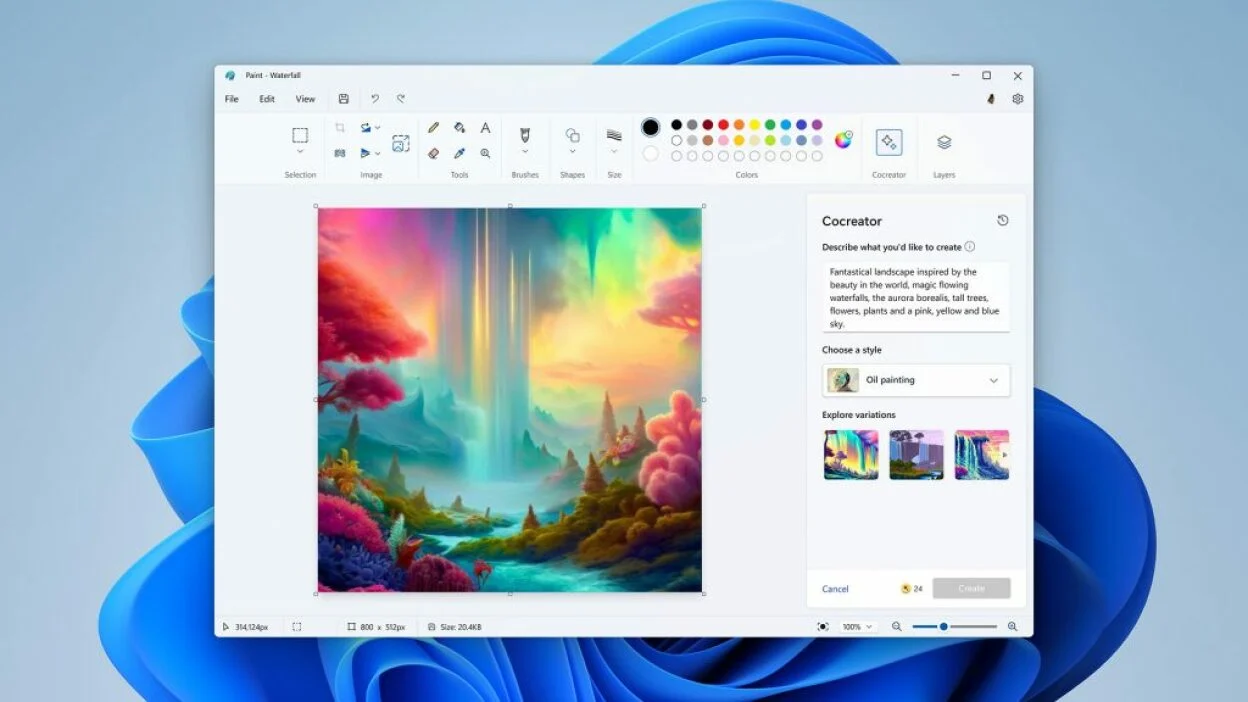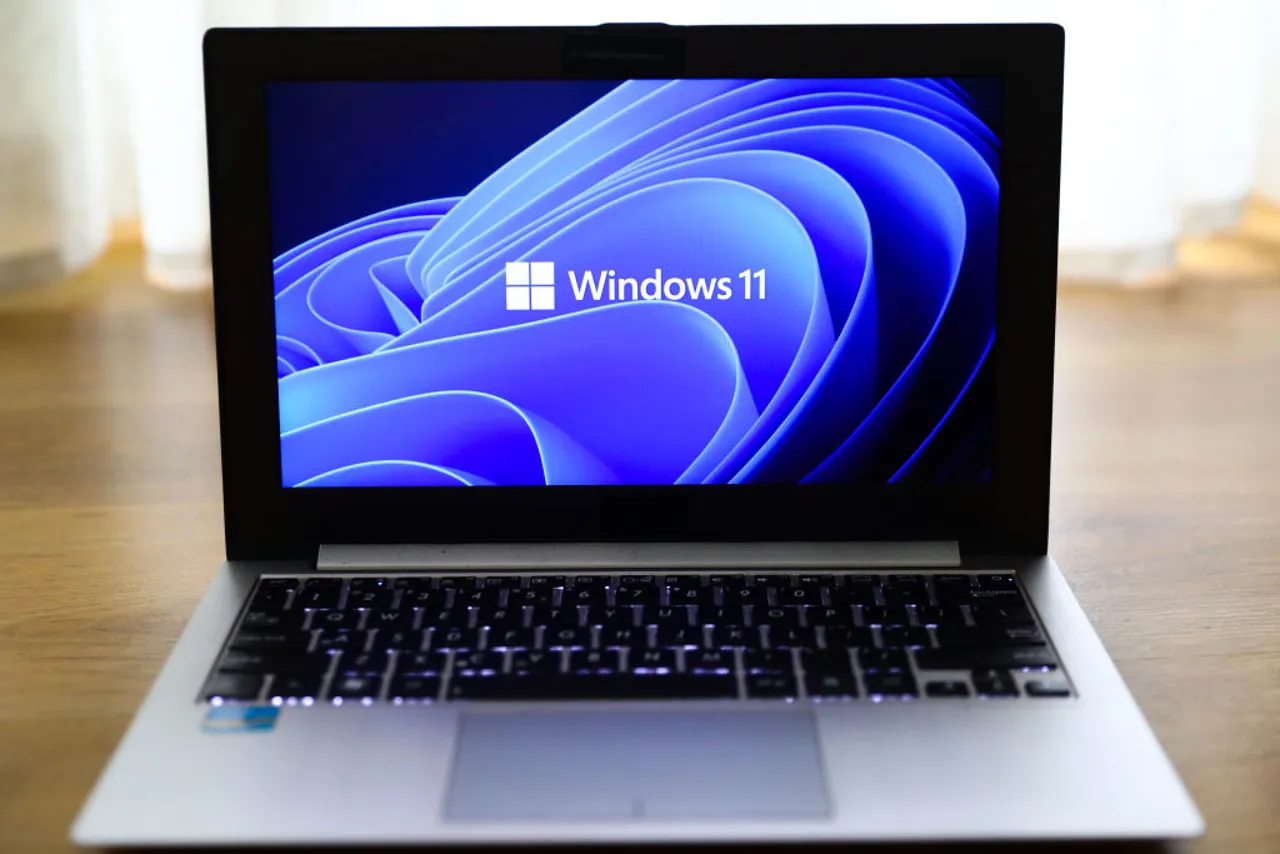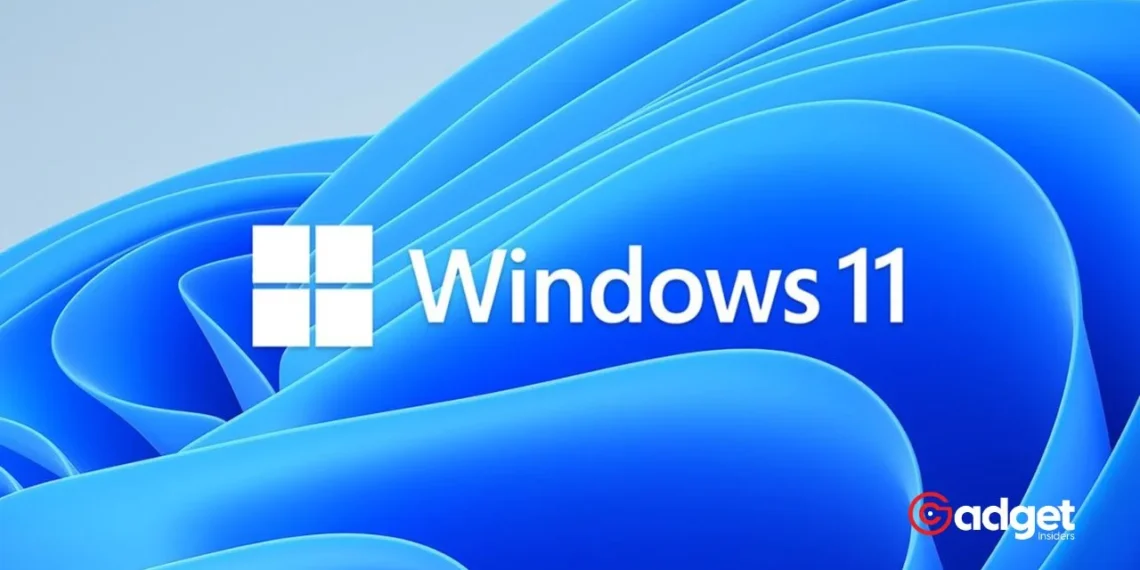In the rapidly evolving tech landscape, Microsoft is steering a significant course toward an AI-infused future with Windows 11. This ambitious drive positions artificial intelligence at the core of its system functionality, reshaping how users interact with their devices, enhancing productivity, and potentially transforming the PC market.

The Integration of AI in Windows 11: What to Expect
Microsoft’s commitment to AI is clear with its recent unveiling of advanced AI features across Windows 11. This includes everything from AI-powered PCs with dedicated Neural Processing Units (NPUs) to the innovative Windows Copilot and even AI-enhanced accessories that promise a new level of customization and accessibility.
Microsoft announced Copilot, an everyday AI companion for you 🔥🔥
Over 150 new features being add to the next Windows 11 update
Copilot and new AI experiences are added to apps like Paint, Photos, Clipchamp etc.
Bing will add support for the latest DALL.E 3 model from OpenAI… pic.twitter.com/Fl3xgUXSsH
— Anil Chandra Naidu Matcha (@matchaman11) September 21, 2023
AI-Powered PCs: The Future of Personal Computing
AI technology in PCs is set to redefine user experience with powerful NPUs designed to handle intensive AI tasks without burdening the main CPU or GPU.
This advancement is evident in devices like the Tecno Megabook T16 Pro and ASUS Zenbook Duo, which are equipped with features that streamline operations and enhance performance, such as the Copilot key for seamless access to AI tools.
Microsoft’s Surface line, including the Surface Laptop 6 and Surface Pro 10, epitomizes the push towards AI-focused hardware.
These devices not only boast superior hardware specs but are also pioneers in integrating AI functionalities directly into familiar applications like Microsoft Paint and Clipchamp, which now feature tools such as AI Cocreator and auto-assembly for video editing.

Adaptive Accessories and the Power of Customization
One of the most groundbreaking introductions by Microsoft is the range of adaptive accessories and 3D-printed attachments. These innovations are designed to work with the Microsoft Adaptive Hub, providing tailored solutions that enhance the computing experience for all users, especially those with disabilities.
The move towards using AI to design and produce custom-fit accessories illustrates Microsoft’s commitment to inclusivity and user-centric design.
Copilot for Microsoft 365: Enhancing Productivity
The Windows Copilot is set to revolutionize how we interact with Microsoft 365. From drafting emails in Outlook to generating meeting notes in Teams, Copilot harnesses AI to streamline tasks and boost productivity.
Its integration across Microsoft 365 tools is a testament to how AI can enhance rather than replace human capabilities.
The Development Landscape: Windows AI Studio
For developers, Windows AI Studio is a game-changer. It simplifies the deployment of Small Language Models (SLMs), making it easier to integrate sophisticated AI capabilities into applications.
This platform is expected to be a catalyst in the proliferation of AI applications, providing developers with the resources needed to innovate and create more intelligent software solutions.
Forward Compatibility: AI Features on Windows 10
Interestingly, Microsoft is not leaving Windows 10 users behind. The introduction of Windows AI features, including an integrated Copilot, is planned even for this older platform, ensuring a broad user base can benefit from AI advancements.

Evaluating the Impact: Is Windows 11 with AI the Future?
While it’s still early days to predict the complete impact of AI on Windows 11, the initial features and enhancements present a compelling vision. Microsoft’s aggressive integration of AI not only aims to boost personal productivity but also sets a new standard for what users can expect from their operating systems in the future.
As Windows 11 embraces AI, it promises to bring about a transformation in computing that could make the technology more intuitive, accessible, and efficient. This shift is not just about keeping up with trends; it’s about leading a charge toward a more interactive and intelligent digital future.


